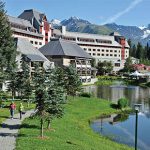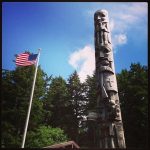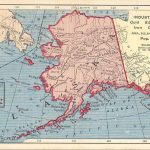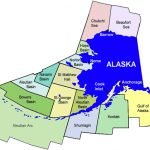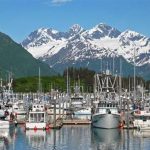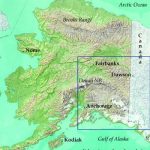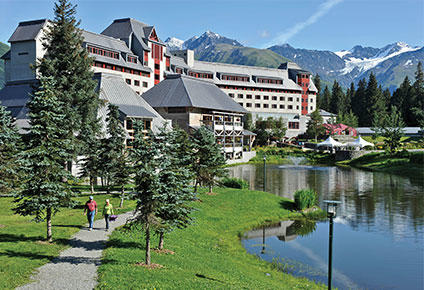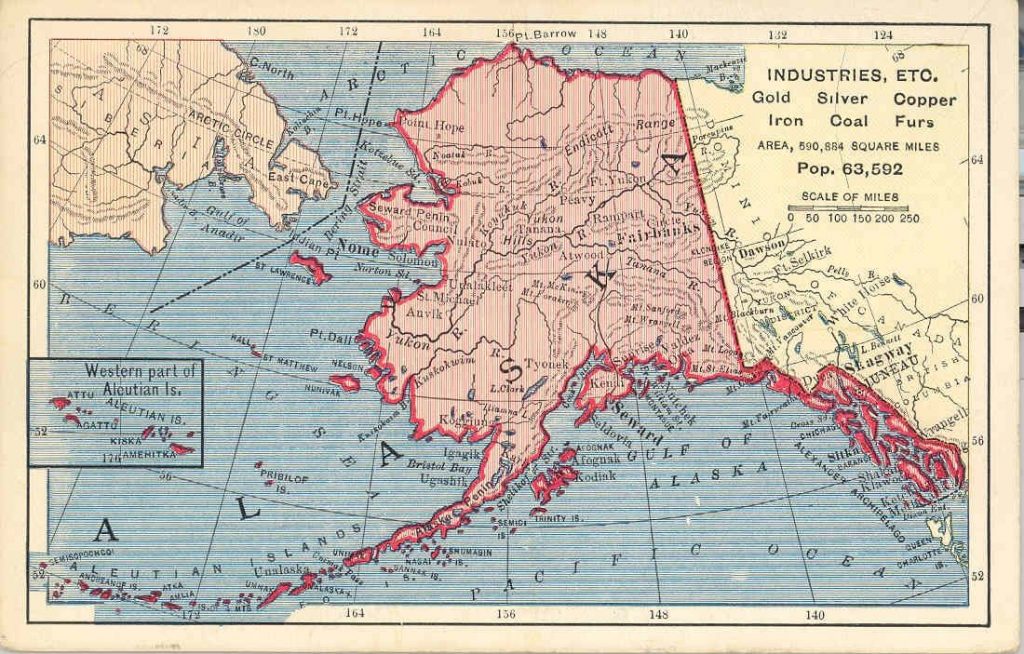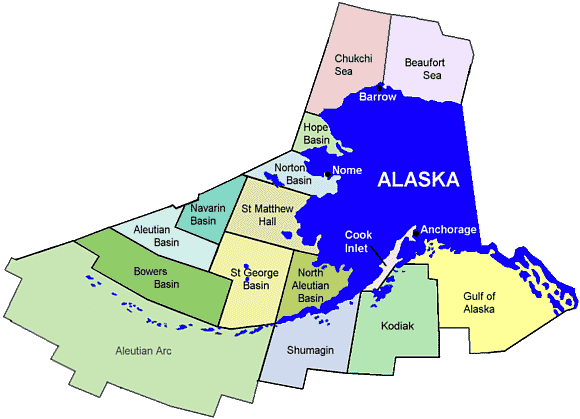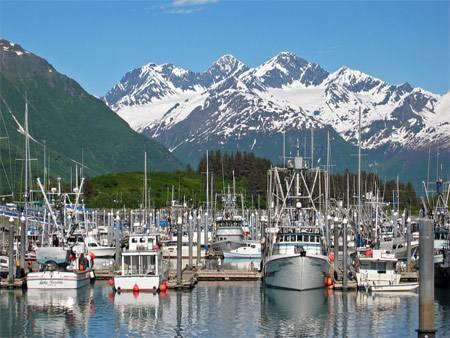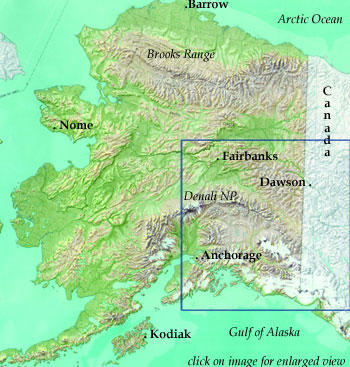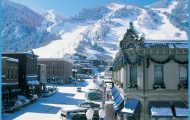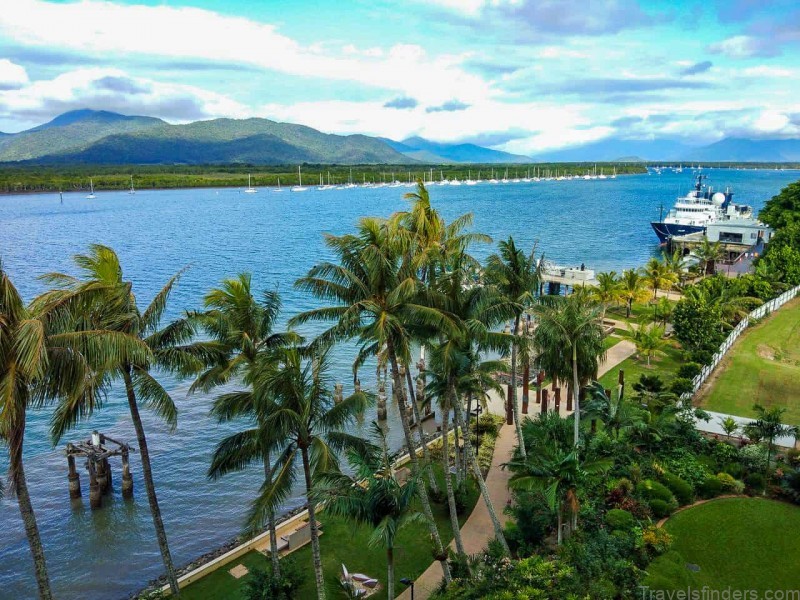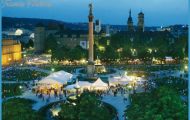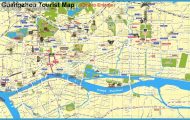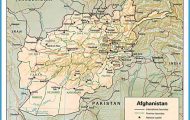An increase of the Latino population in Alaska since 2001 makes them the second-largest minority group in the state. By 2005 there was an estimated 31,000 Latinos living in Alaska.1 Approximately 19,000 live in the Anchorage borough, one of the most populated urban cities in Alaska. Nearly 5,000 enjoy living in other urban areas, such as Fairbanks and Juneau, the state capital. Hundreds of Latinos face the challenges of living in rural Alaska in remote areas inaccessible by road, such as Angoon, Barrow, Nome, and Bethel. Some Latinos who work in the fish-processing industry prefer smaller areas, such as Kodiak Island and the Aleutians.
The early migration of Latinos to Alaska resulted from a rapid growth in the state’s economy. For instance, the 1902 gold rush boom in Fairbanks, the strong military presence in Alaska since the 1950s, the oil boom in the 1960s, and the construction of the Trans-Alaska Pipeline in the 1970s all contributed to the growth of Alaska’s Latino population.
The social context of Latino life in Alaska is different from that of states where Latinos are the largest minority population. In Alaska, the majority of political and social minority issues are associated with Alaska Natives’ cultural preservation, education, health, and improvement of basic services in rural areas. Little attention is given to Latino culture and society. However, Latinos and Natives share a concern with policies that affect language issues in the state.

